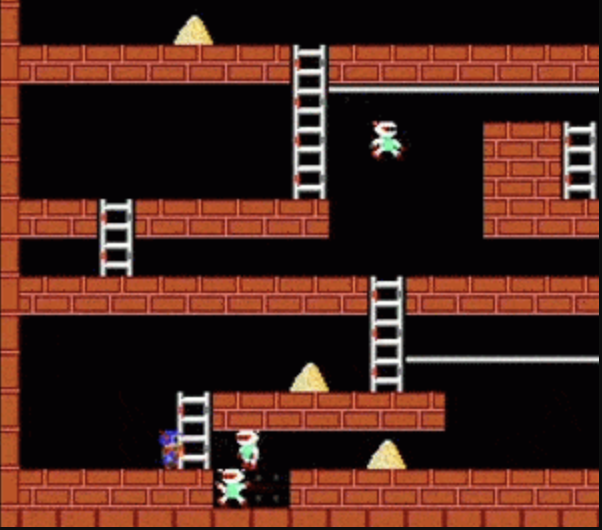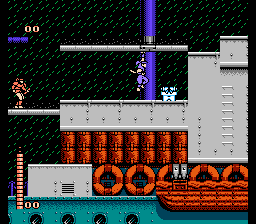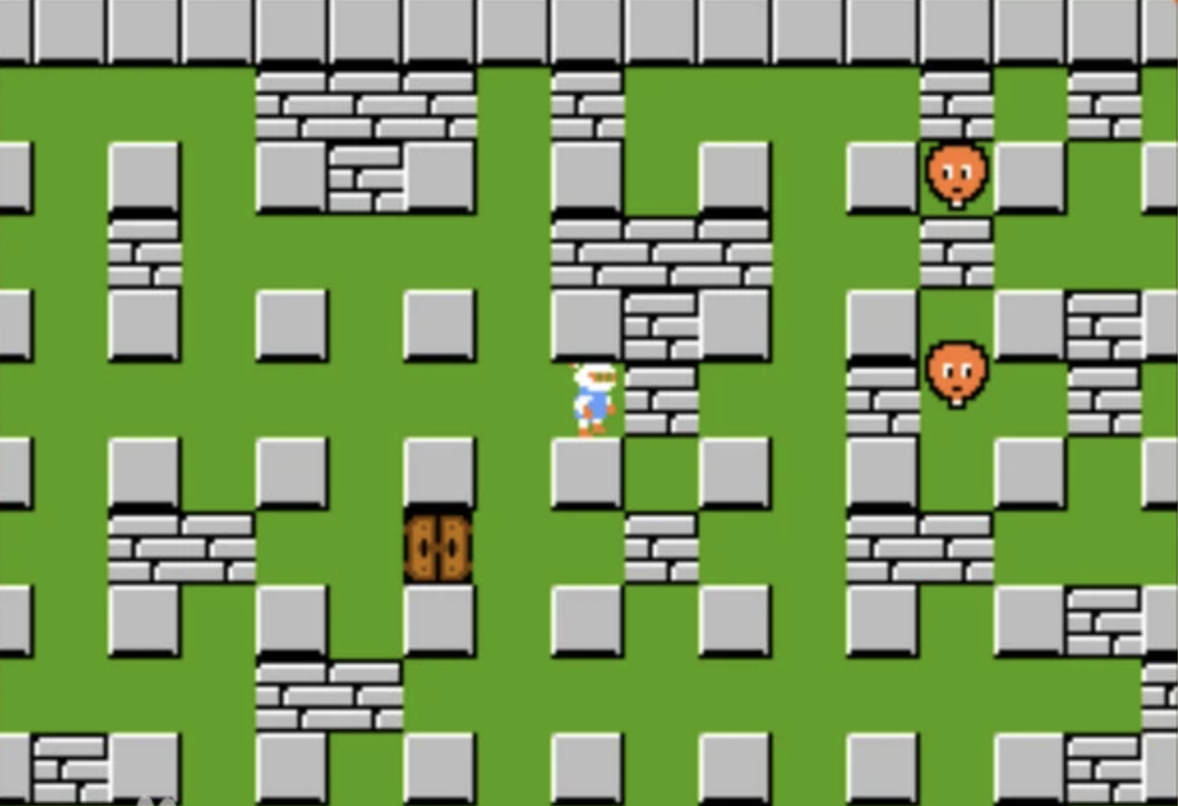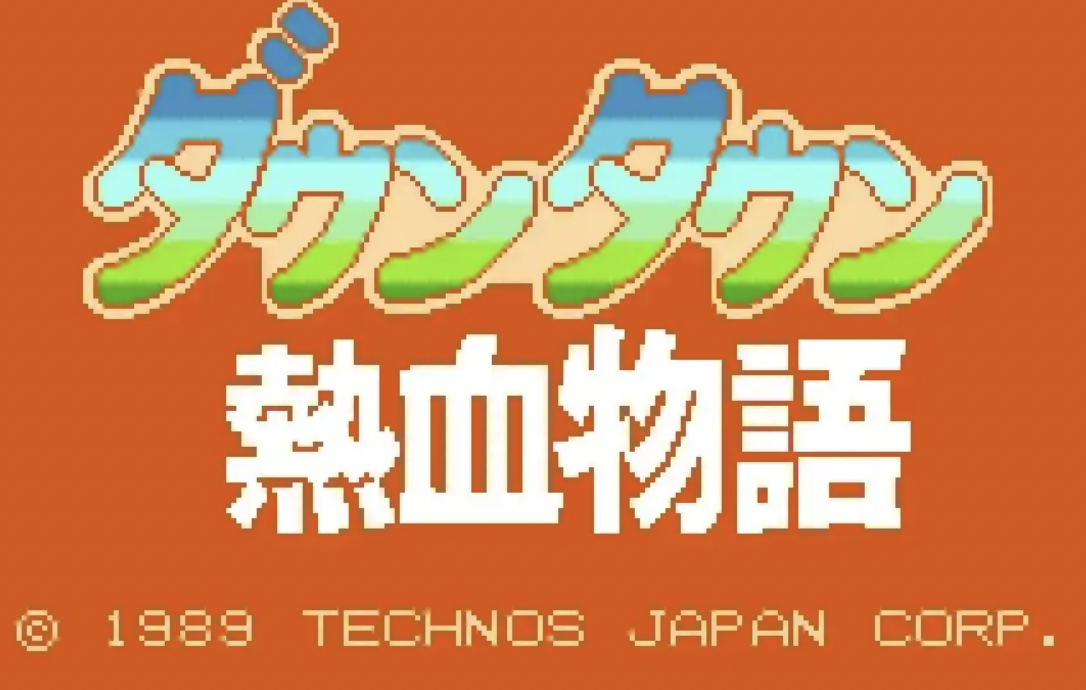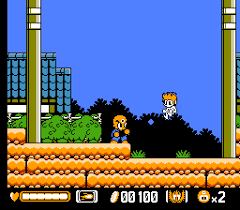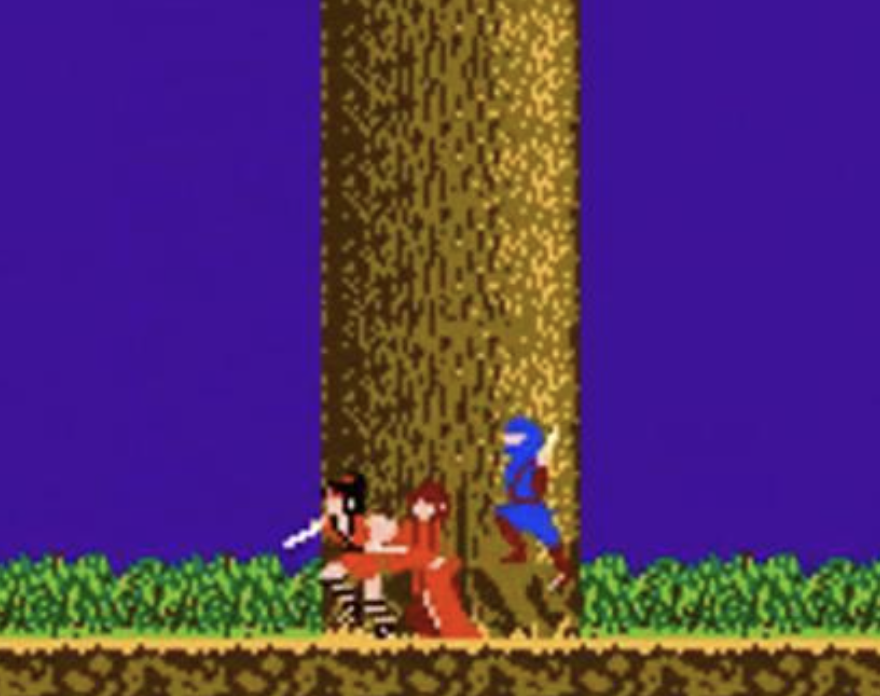Introduction
Tetris (Russian: Тетрис) is a series of puzzle video games created in 1985 by Alexey Pajitnov, a Soviet software engineer. In Tetris games, falling tetromino shapes must be neatly sorted into a pile; once a horizontal line of the game board is filled in, it disappears, granting points and preventing the pile from overflowing. Different versions of Tetris have introduced altered game mechanics, with some becoming standard over time. More than 200 versions of Tetris have been published by numerous companies on more than 65 platforms. Tetris is the second-best-selling video game franchise, with over 520 million sales, mostly on mobile.
In the 1980s, Pajitnov worked for the Dorodnitsyn Computing Center of the Academy of Sciences, where he programmed Tetris on the Electronika 60 and adapted it to the IBM PC with the help of Dmitry Pavlovsky and Vadim Gerasimov. Floppy disk copies were distributed freely throughout Moscow, before spreading to Eastern Europe. Robert Stein of Andromeda Software licensed Tetris to Mirrorsoft in the UK and Spectrum HoloByte in the US. Both companies released the game in 1988 to commercial success and sold licenses to other companies, including Henk Rogers' Bullet-Proof Software. Rogers negotiated with Elektronorgtechnica, the state-owned organization in charge of licensing Soviet software, to license Tetris to Nintendo for the Game Boy and Nintendo Entertainment System (NES); both versions were released in 1989. The Game Boy version became the best-selling version of Tetris and one of the best-selling video games of all time, with 35 million sales, which popularized the console. In 1996, after the rights reverted to Pajitnov, he and Rogers formed the Tetris Company to manage licensing.
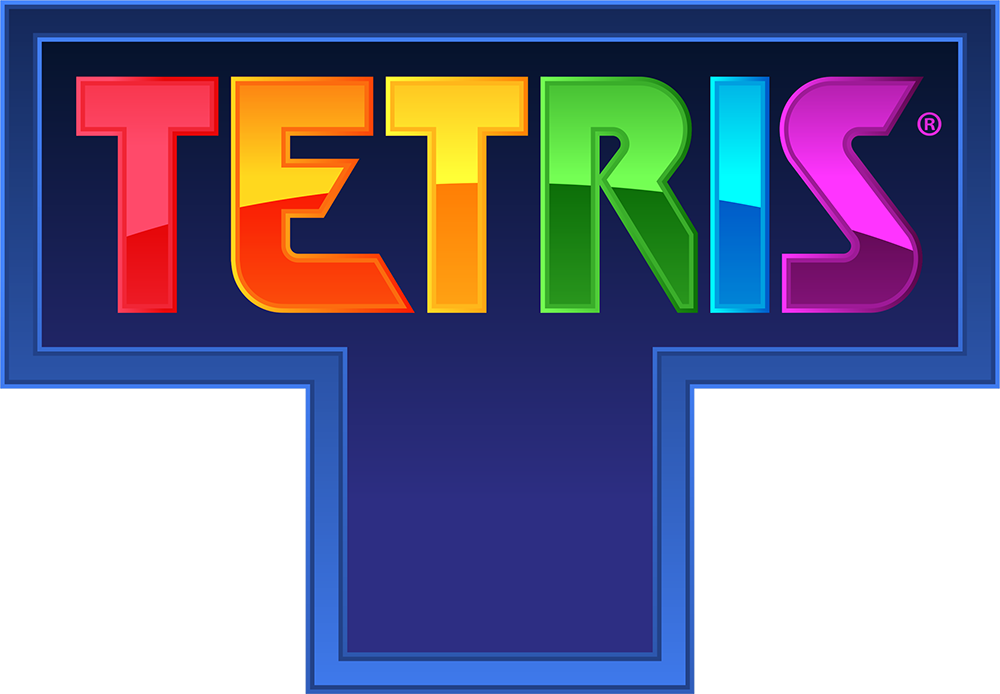
This guide is based on information from the original source: Tetris Wiki.
